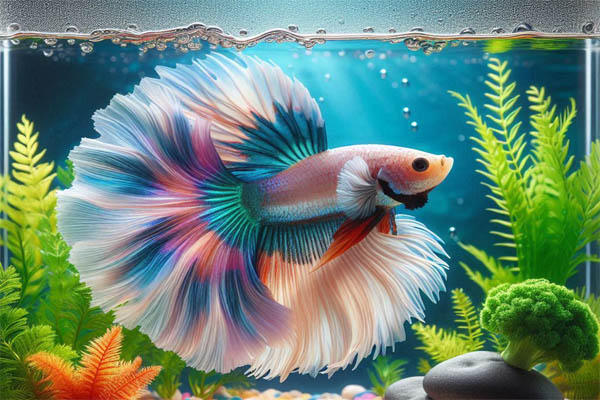What Is Cotton Wool Disease in Betta Fish?
Cotton wool disease in betta fish, also known as columnaris, is a bacterial infection caused by the bacteria Flavobacterium columnare. Despite its appearance, it is not a fungus.
Causes and Appearance
Cause
- Flavobacterium columnare is a gram-negative, filamentous bacterium that thrives in weakened fish.
- Present in many freshwater environments, it typically only infects fish with compromised immune systems.
Appearance
- White patches that look cottony, frayed, or stringy, usually on the fins, gills, or mouth.
Contributing Factors
- Poor Water Quality: Dirty water with high ammonia and nitrite levels weakens bettas, making them more susceptible to infection.
- Stress: Overcrowding, incompatible tank mates, and temperature fluctuations can stress bettas, weakening their immune systems.
- Injury: Injuries from fin nipping, jumping, or rough handling provide entry points for bacteria.
- Weakened Immune System: Illness, malnutrition, or poor diet compromises a betta’s immune system, making it less able to fight off infections.
Early Detection and Treatment
- Flavobacterium columnare is aggressive and can spread rapidly, leading to secondary infections and organ failure if untreated.
- Early detection allows for prompt treatment with antibiotics, increasing the chances of recovery.
- Addressing underlying causes like poor water quality or stress can prevent future outbreaks.
Conclusion
If you suspect cotton wool disease, act quickly! Isolate your betta and seek advice from a veterinarian or experienced aquarist. Prompt diagnosis and treatment can significantly increase your betta’s chances of recovery. Prevention is always better than cure.



